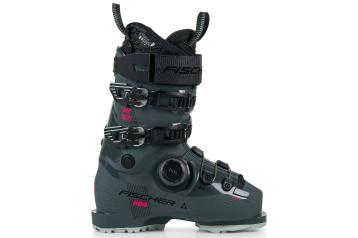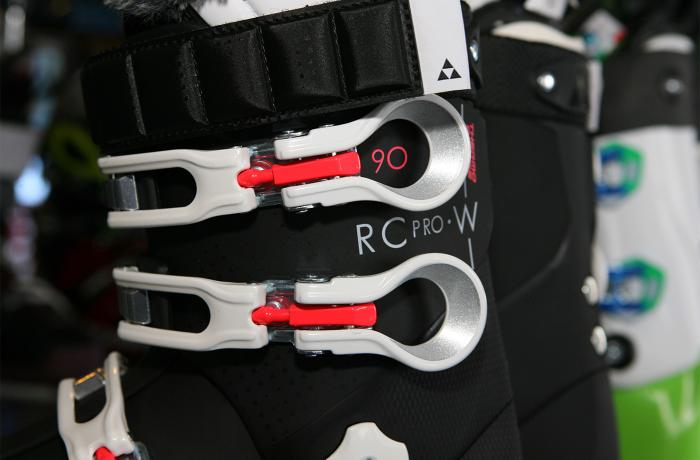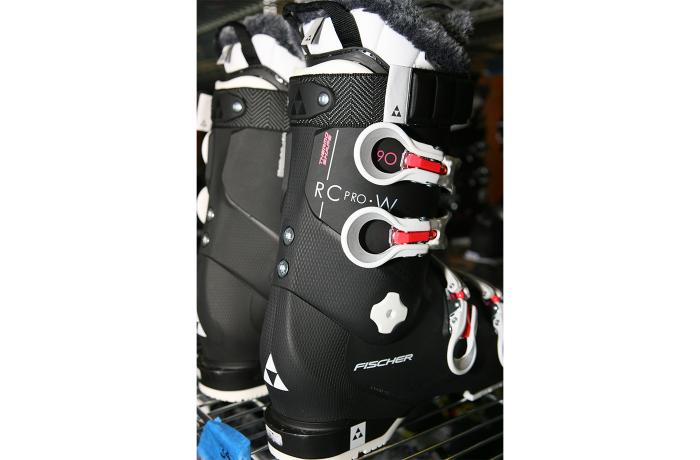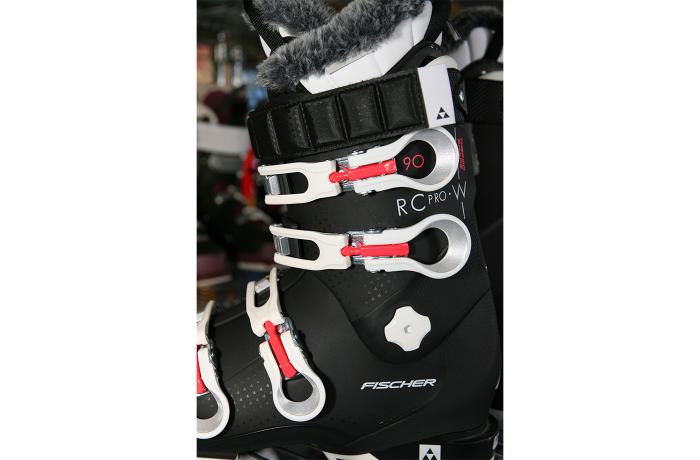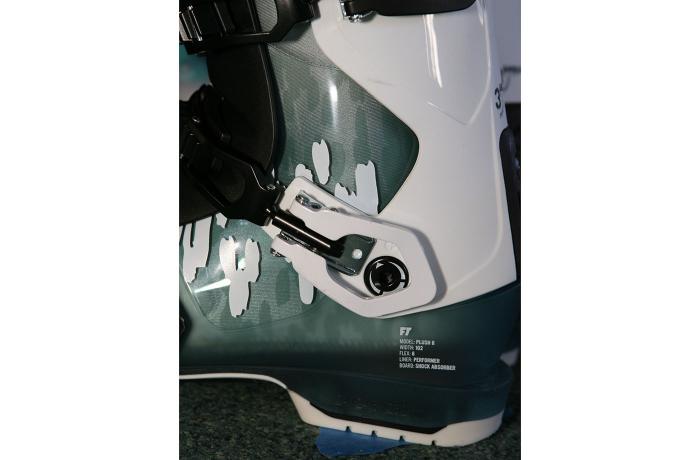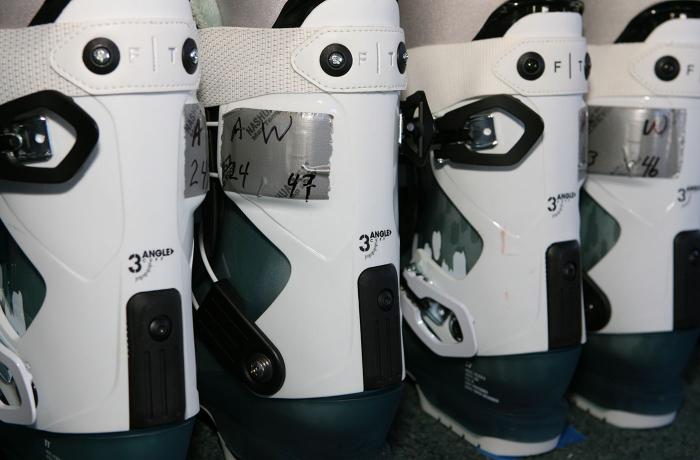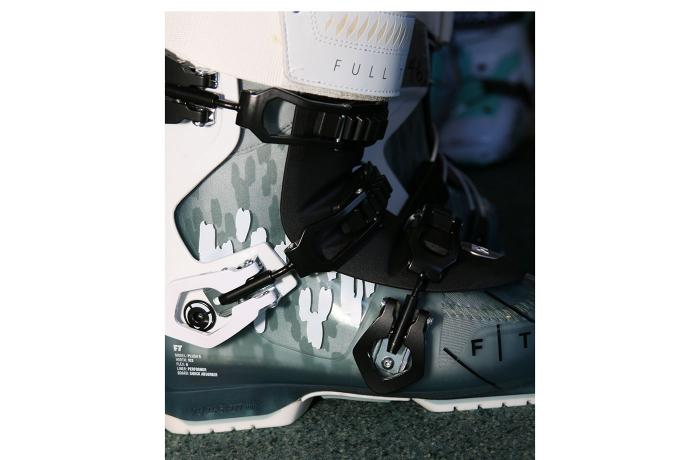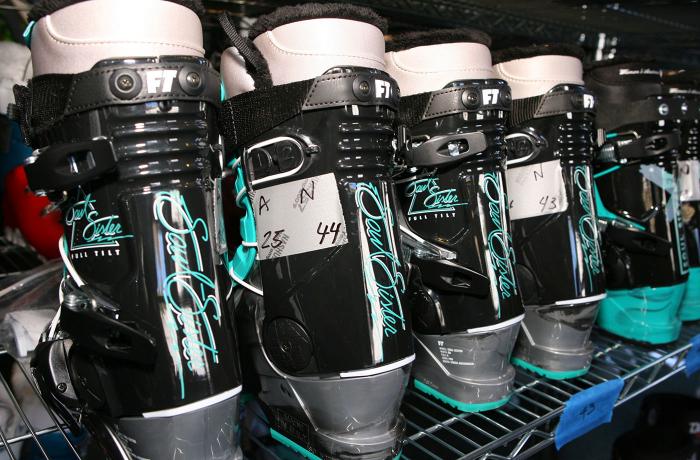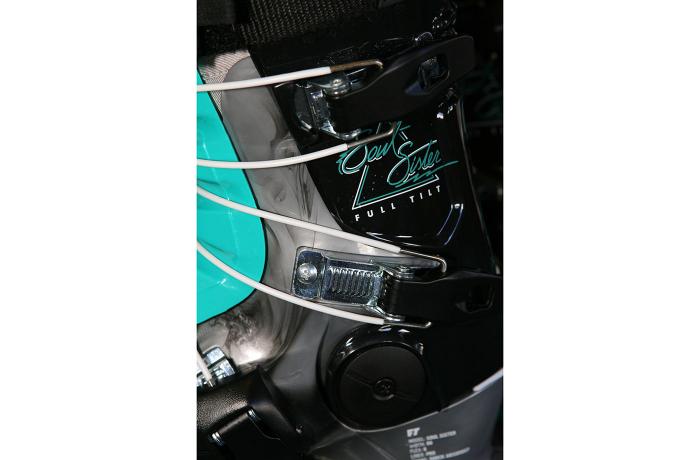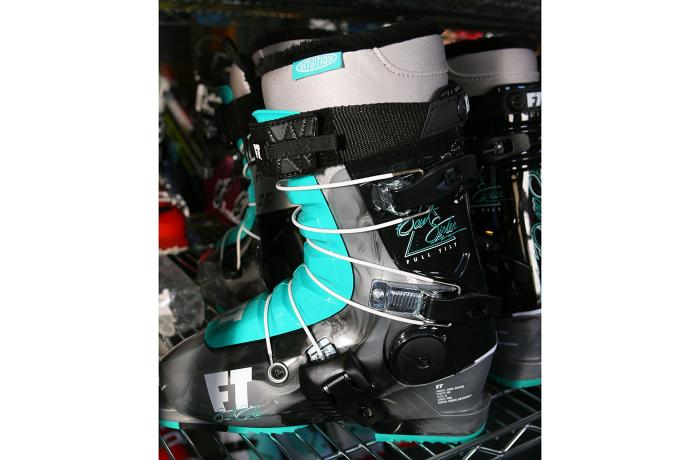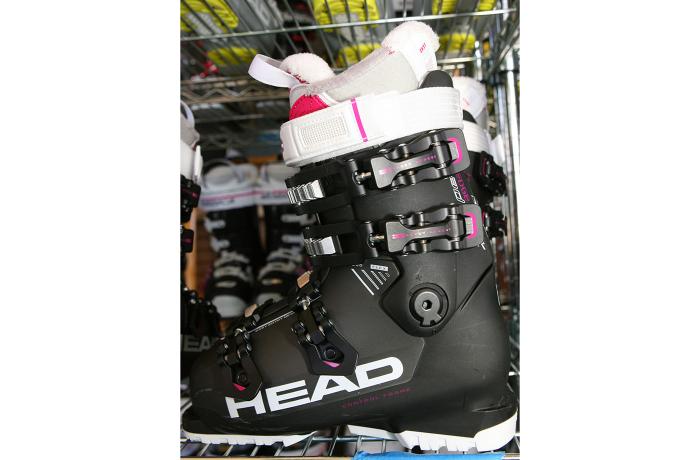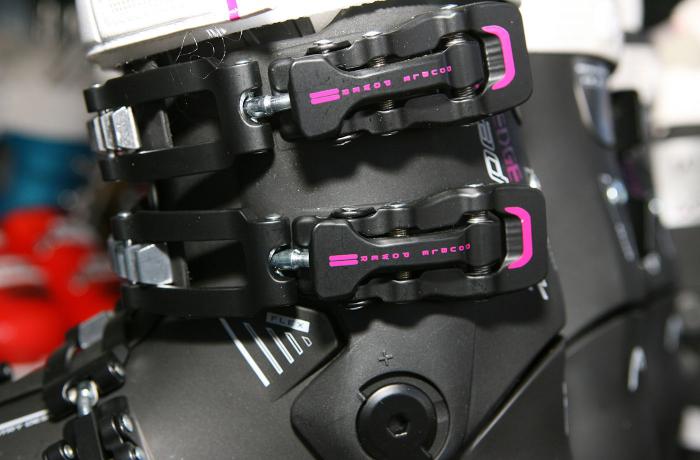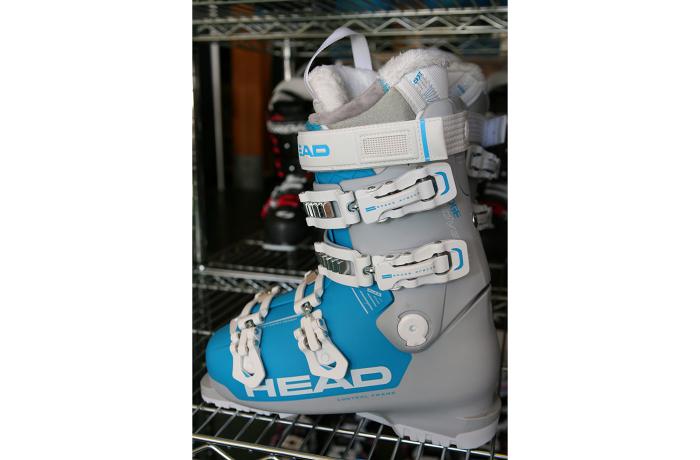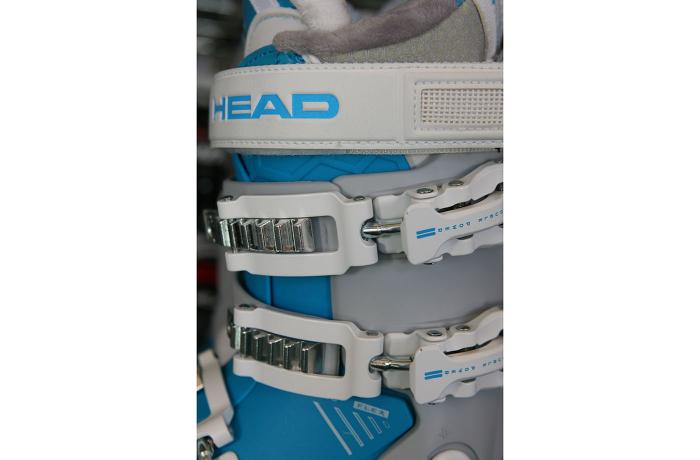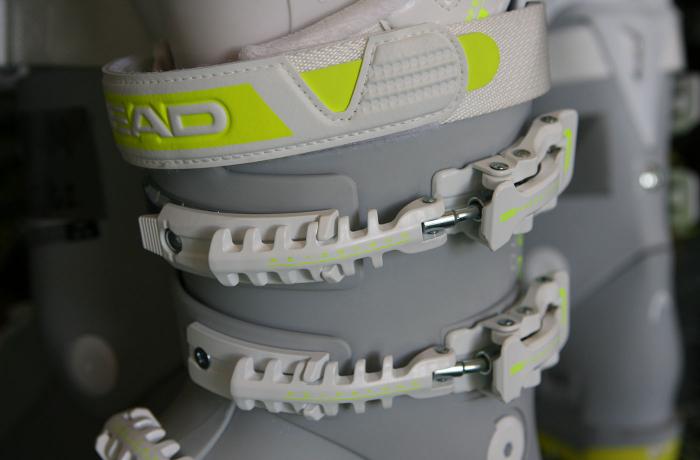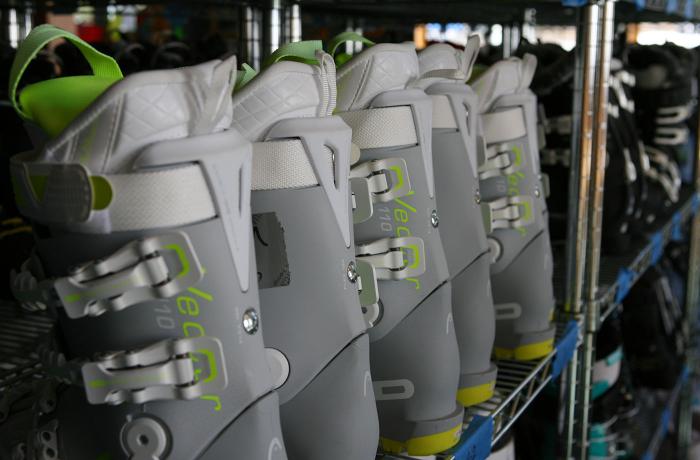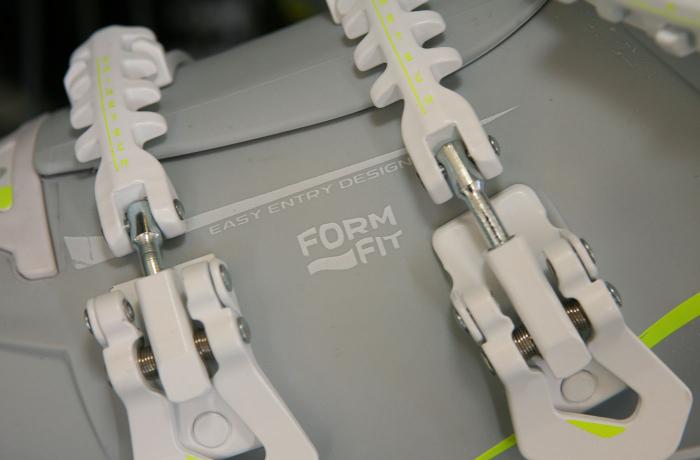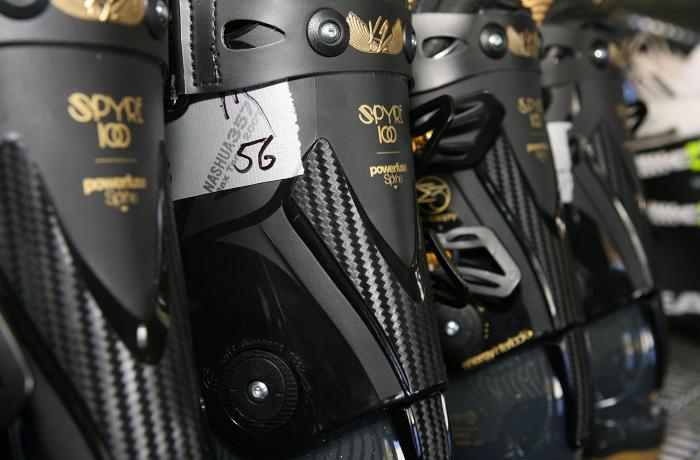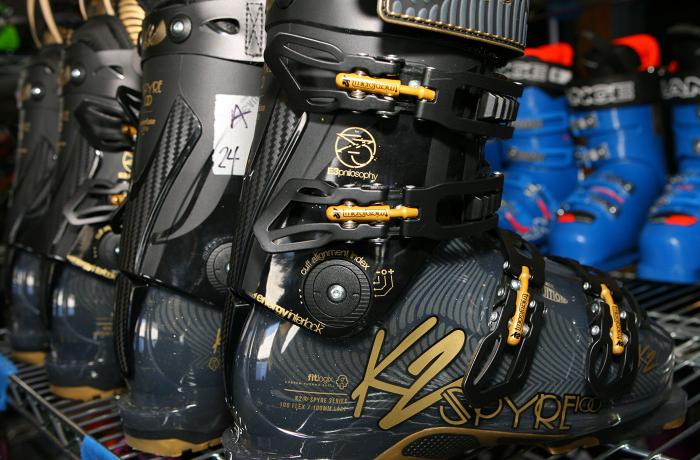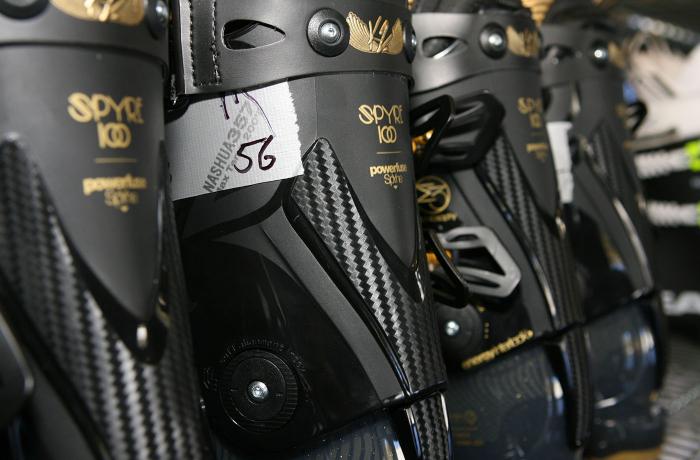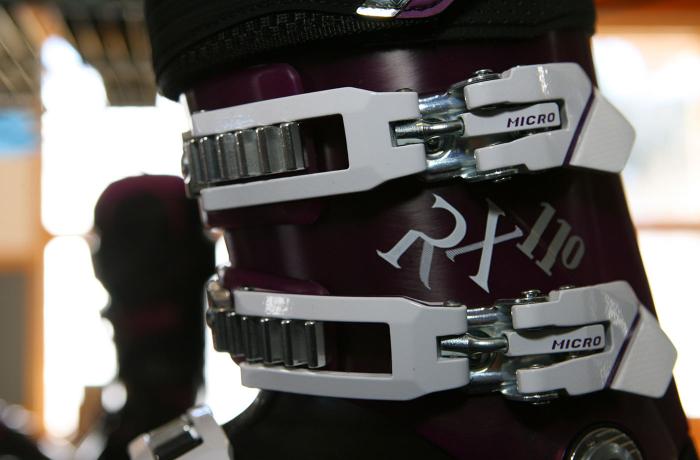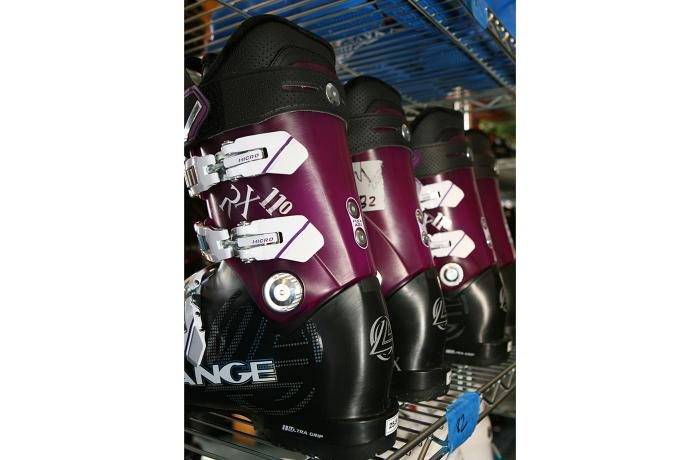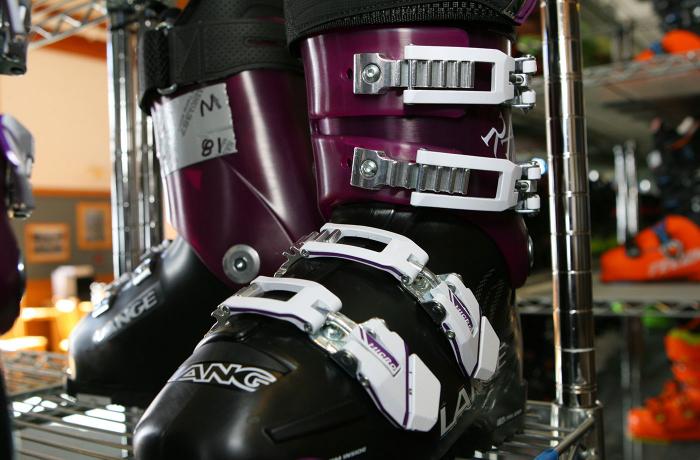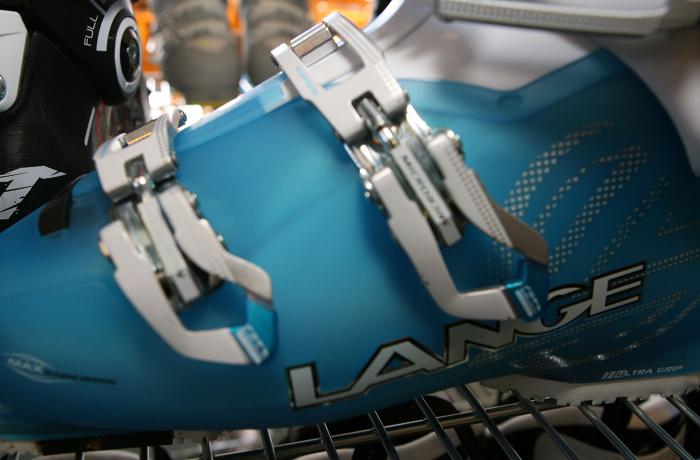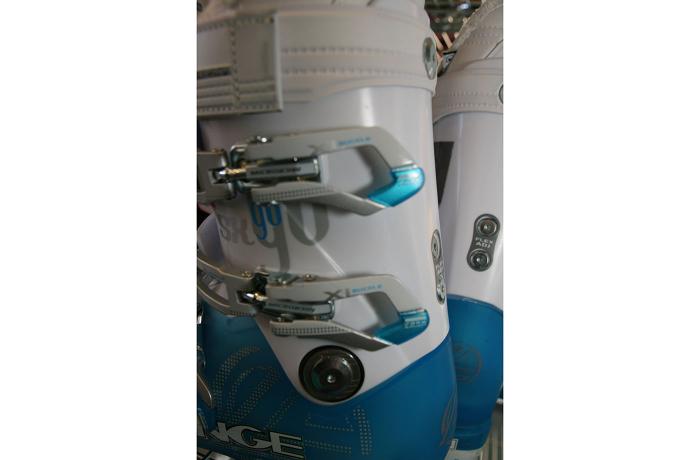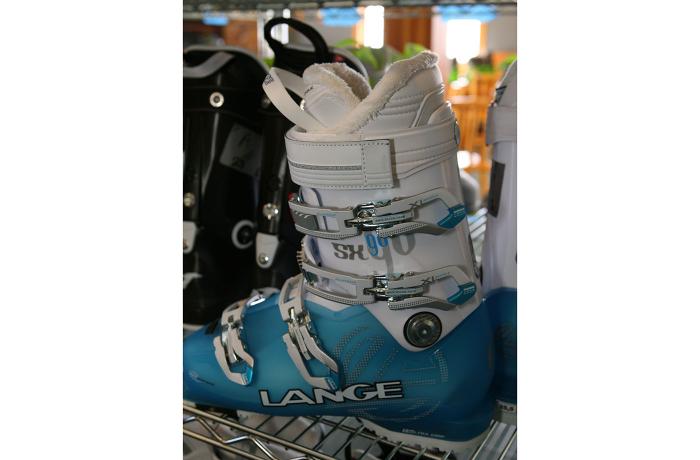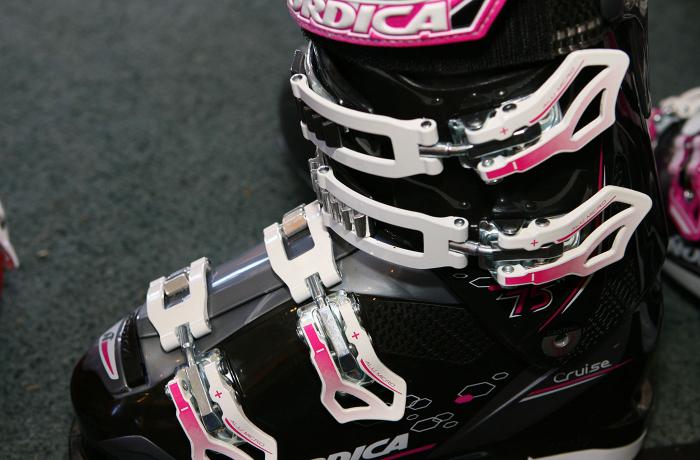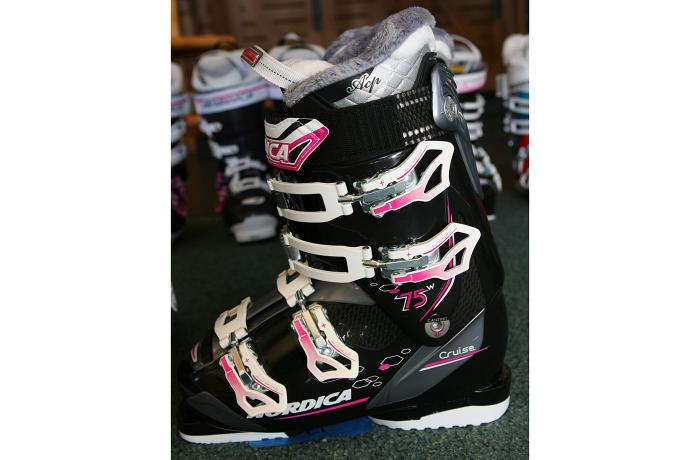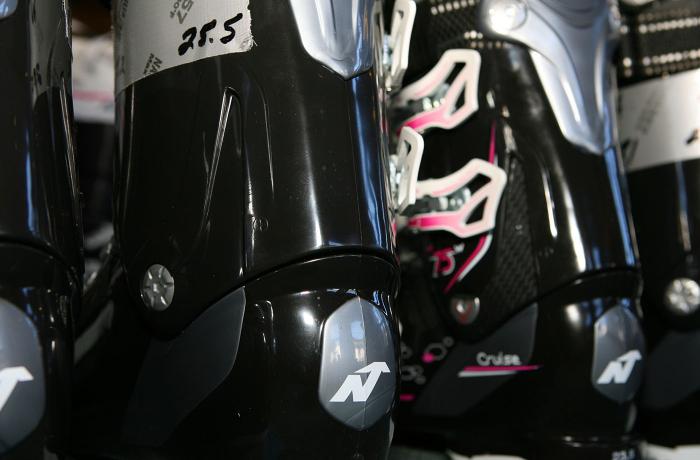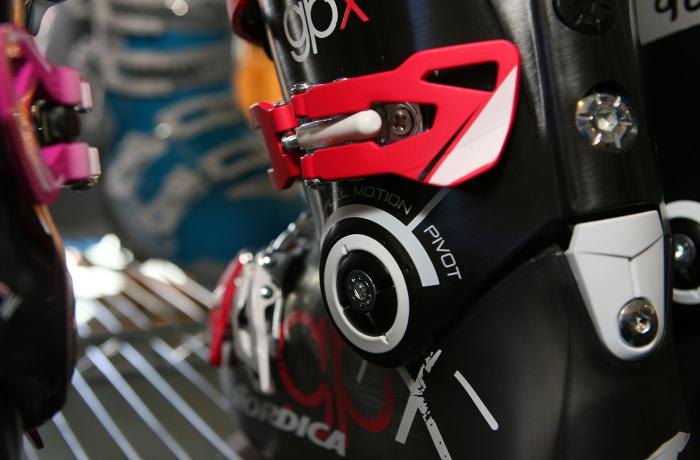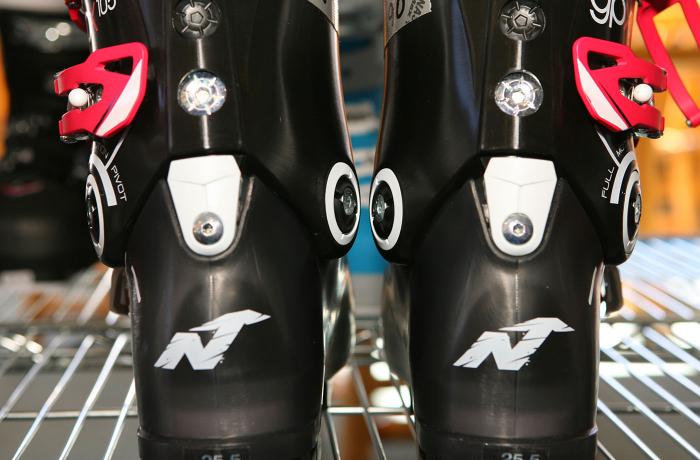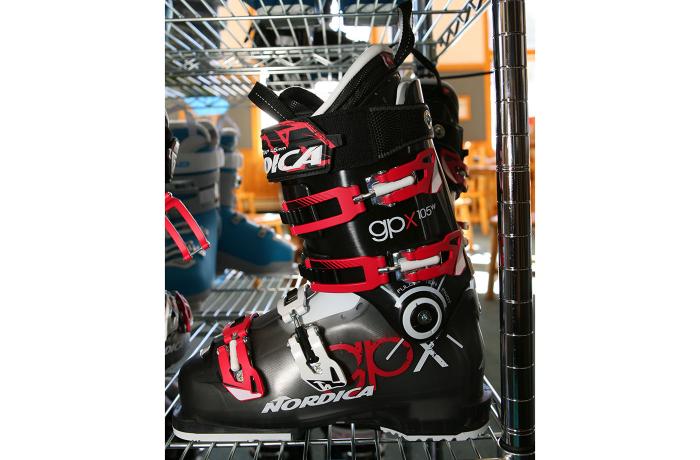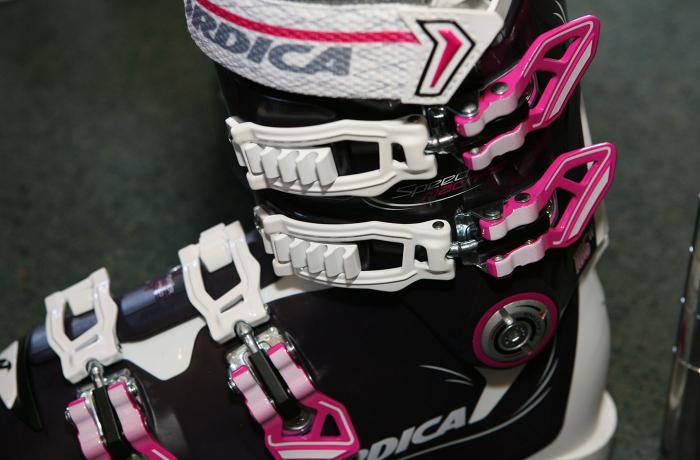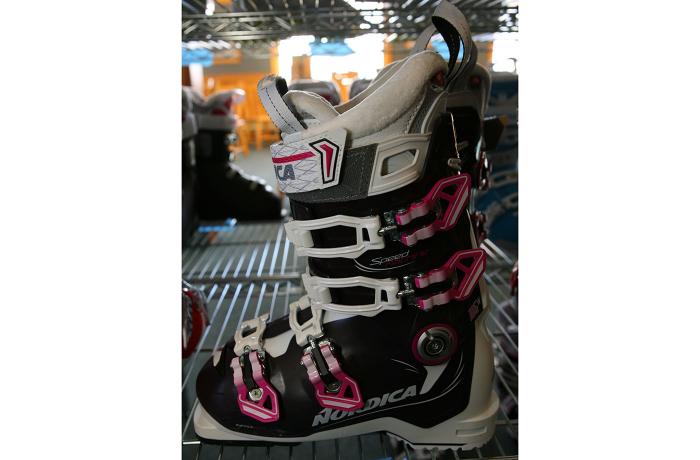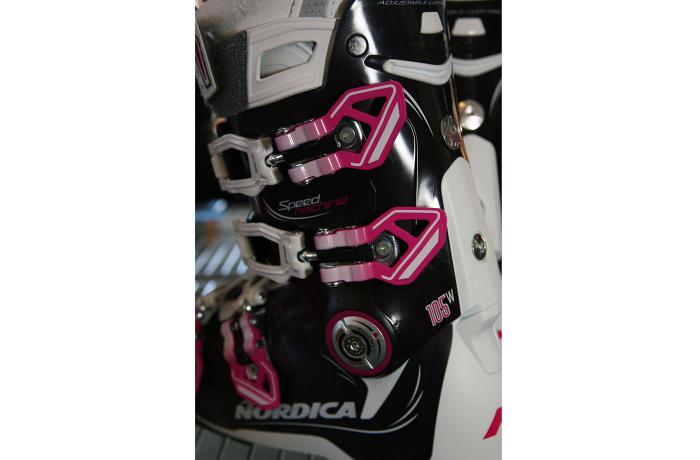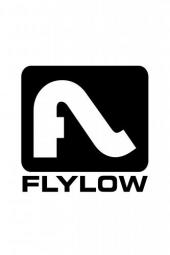The Gist
A good value for thick-footed cruisers looking for agility and ease of use in a cushy package. The RC Pro W 90 Thermoshape received high marks for predictable turns and business class creature comfort.
Fit
Testers say this fits much wider in the lower boot than a 100mm boot should. That doesn't make the fit bad, just mis-labeled. Wide, high-volume feet and average to wider calves will do well here. Testers love the cushioned, well appointed liner (fur) and thought the closure system was simple and straightforward (easy buckles with gloves on).
Performance
Cruisemobile, one tester called it, saying that the cuff wasn't strong enough for hard-chargers but would respond to less demanding instructions all around the hill just fine. Testers liked the playful flex feel and neutral stance set-up and pointed to the RC Pro W 90 Thermo as a great option for intermediates looking to become better skiers in comfort and warmth.
Cool Features
There are three other RC Pro W Vacuum models available (90, 100 and 110 flexes) and these could be a good step up from the Thermoshape version, but at a premium Vacuum price.
